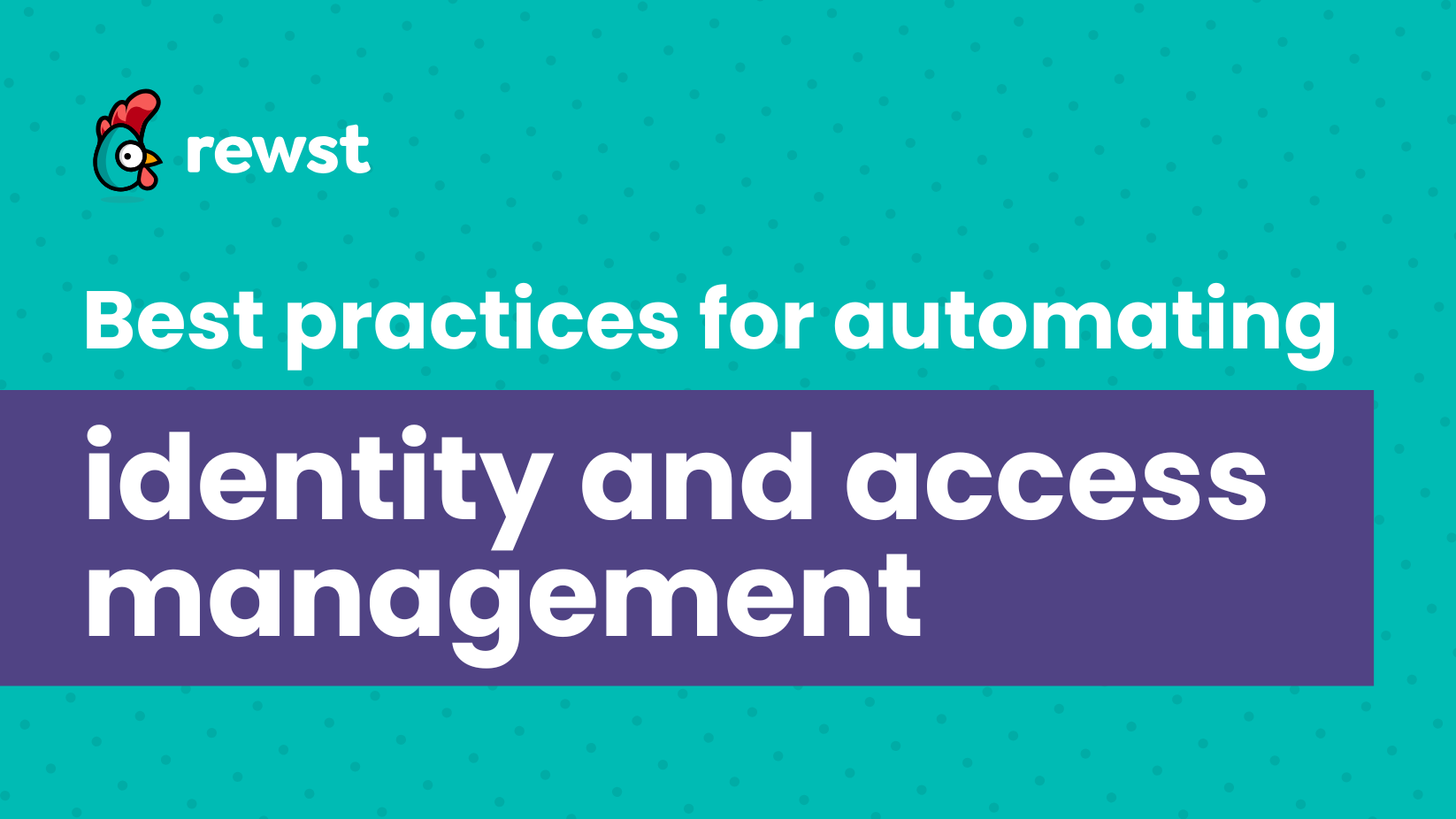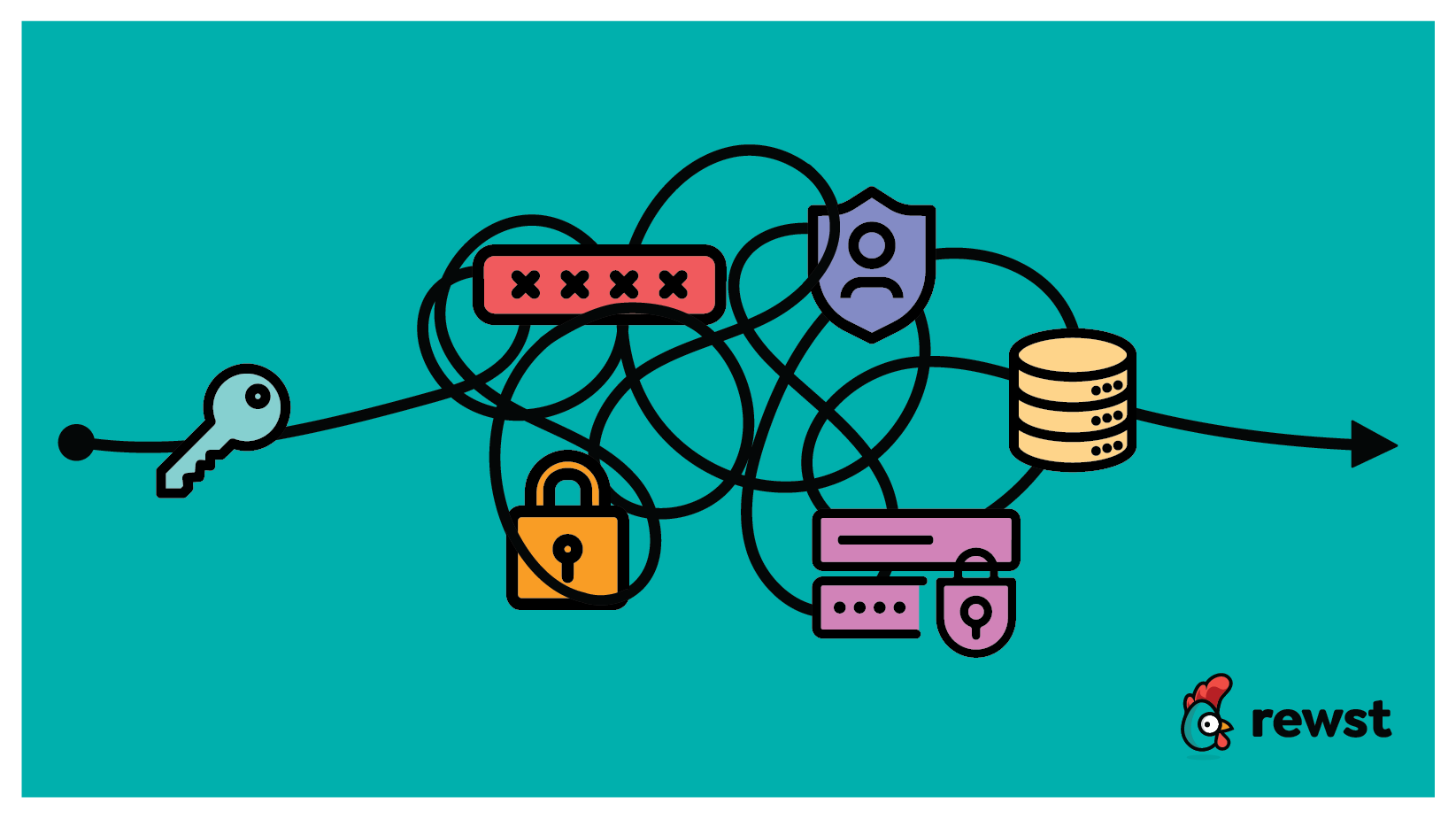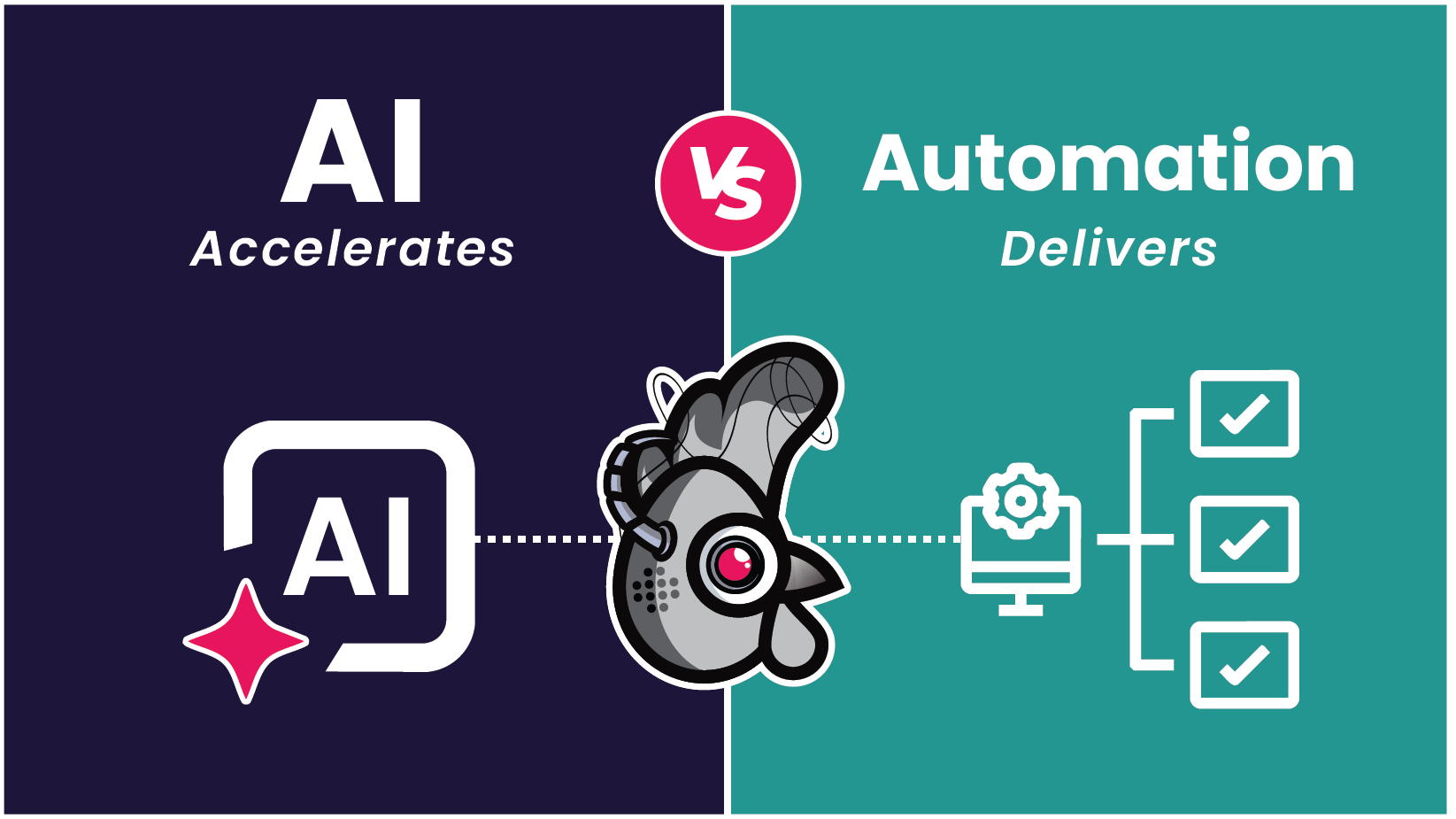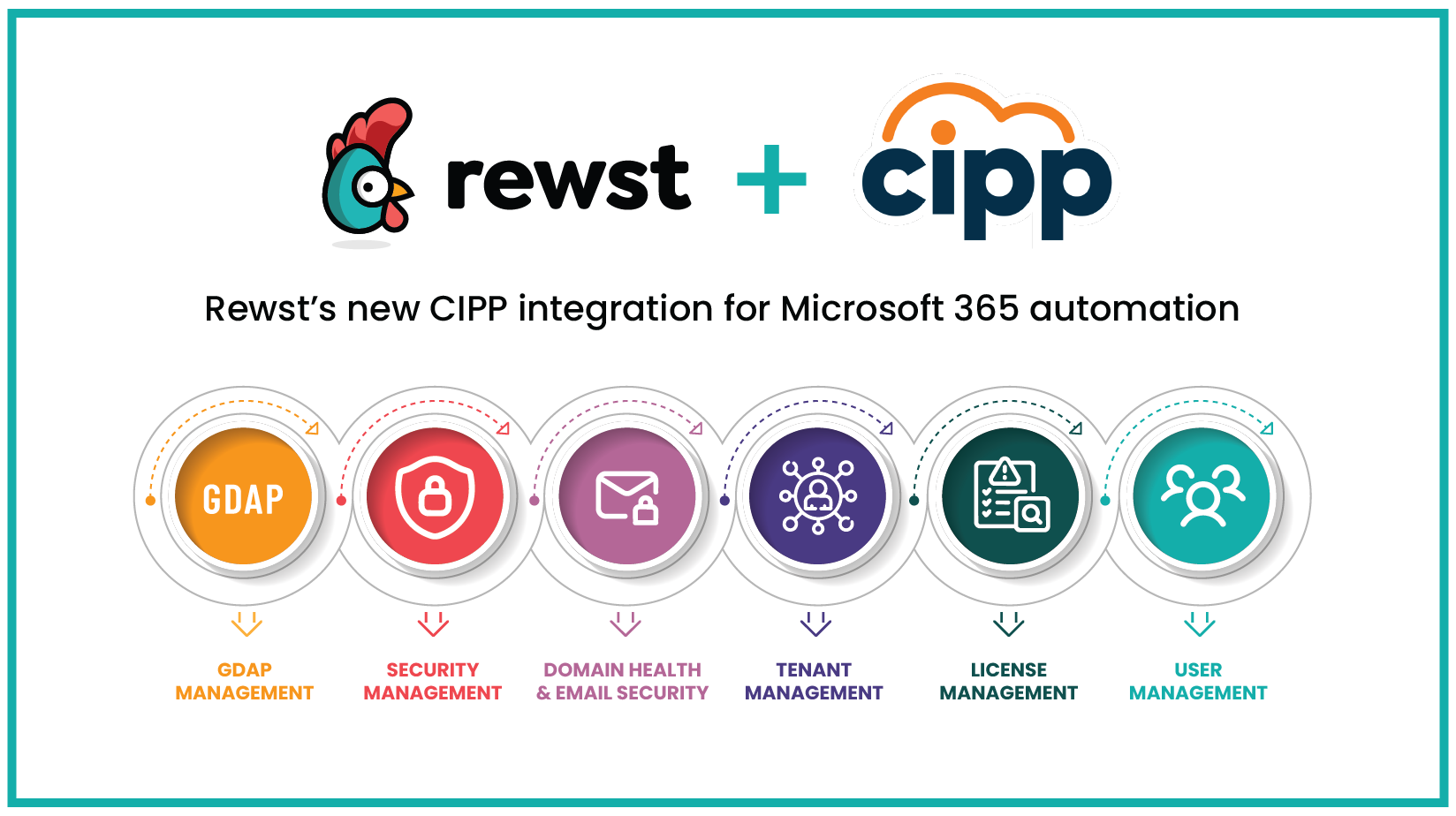Best practices for automating identity and access management

Identity and access management (IAM) can feel like a never-ending chore for MSPs. Password resets pile up, multi-factor authentication (MFA) enforcement is inconsistent, and access provisioning takes too much technician time.
When teams fail to follow processes precisely, security risks increase. Every minute spent manually fixing access issues is a minute stolen from more strategic work. As an MSP scales, these inefficiencies only worsen, leading to compliance headaches and unnecessary fire drills.
The solution is clear: automate identity and access management. Automation eliminates tedious manual work, enforces security policies consistently, and ensures users regain access quickly without overwhelming the help desk. A well-executed IAM automation strategy reduces password reset queues, maintains MFA enforcement, and enhances security visibility across client environments. Compliance frameworks like NIST and CIS stress the importance of strict access controls and thorough audit trails.
In this blog, we break down the best ways to walk through identity and access management best practices. We showcase prebuilt automations that simplify password resets, enforce MFA, and streamline security reporting. By automating these processes, MSPs can tighten security, stay compliant, and free up technicians to do the work that moves the needle.
Let’s dig in.
Why automate identity and access management?
Manually managing identity and access drains time and introduces security risks. Every unnecessary password reset ticket, unchecked MFA configuration, or lingering inactive account expands the attack surface. As MSPs grow, these problems multiply, making it difficult to enforce security policies, meet compliance requirements, and maintain operational efficiency.
A well-structured automation strategy ensures that the password reset process is instant, MFA policies apply consistently, and de-provisioning happens as soon as an employee leaves the organization. Without automation, IAM becomes a constant cycle of reactive fixes, leaving security risks unchecked.
Beyond security, businesses that automate identity and access management improve user experience and streamline operations. Instead of waiting on a technician to reset a password or manually enforce MFA, users regain access through self-service workflows. MSPs handle fewer help desk tickets, respond faster, and minimize human error in access management.
The goal is not to automate just for the sake of it. We want to create solutions that lower risk, improve compliance, and allow technicians to focus on more valuable tasks. The following section explores how to tackle one of the biggest IAM challenges: password resets.
Automating password resets: reducing the IT burden
Password resets continue to clog help desks, frustrating both users and technicians. Each reset takes 10 to 15 minutes, but when spread across hundreds of endpoints, these small disruptions quickly snowball into hours of lost productivity.
The smarter way forward is to automate password resets with a self-service system that integrates directly with ticketing platforms. Instead of submitting a ticket and waiting for a technician, users request a reset through an intuitive form. Automation can instantly process requests, which reduces downtime while maintaining security standards. It eliminates the need for back-and-forth emails and unnecessary delays, delivering seamless access recovery.
A strong automation strategy also reinforces security policies. Users must reset their user accounts upon first login to ensure compliance. Meanwhile, all reset activities log automatically in PSA tools like ConnectWise PSA, Datto, Kaseya, Freshdesk, and HaloPSA, providing full visibility and auditability.
Rewst’s Change a User’s Password prebuilt automation eliminates wasted time and frustration. This solution ensures immediate action and seamless PSA documentation by automating reset requests through structured forms. MSPs that automate identity and access management can eliminate repetitive password reset requests, allowing technicians to focus on security improvements and strategic initiatives.
Automating password resets clears help desk queues, accelerates response times, and strengthens compliance.
Automating multi-factor authentication: Visibility, enforcement, and efficiency
Multi-factor authentication (MFA) is one of the strongest defenses against unauthorized access, but enforcing it across multiple systems can be an uphill battle. Manual enforcement leaves security gaps, allowing some users to slip through the cracks.
Integrating MFA enforcement and reporting into an automated workflow is the most effective approach to automate identity and access management. Automated audits give real-time information on who has MFA turned on. They also show the policies in use, like Security Defaults, Per User MFA, or Conditional Access. Instead of manually verifying settings or chasing users to enable MFA, automation enforces security policies and eliminates inconsistencies at scale.
Here’s how automation strengthens MFA enforcement:
- Centralized MFA compliance audits: Automatically generate reports that track MFA enforcement across Microsoft Entra and other IAM platforms.
- Scheduled reporting: Ensure real-time visibility into MFA compliance through automated, on-demand audits.
Rewst’s Detailed MFA Reporting automation takes away the guesswork from MFA oversight. It collects user data and checks enforcement policies in Microsoft Entra. This proactive approach allows MSPs to identify and resolve security gaps before they become problems. With scheduled reporting, technicians no longer have to check every user’s settings manually.
Rewst’s Duo integration takes MFA automation a step further by eliminating manual tracking and enforcing policies without technician intervention.
Prebuilt Duo automations:
- Identify Duo Bypass Mode Users and Log Tickets: This prebuilt automation runs weekly. It identifies users in bypass mode and creates PSA tickets for remediation. It ensures that no user remains unprotected due to misconfigurations or oversight.
- Duo: Manage Phones: Automates phone number assignments and removals, reducing human error and maintaining accurate audit logs. Regularly updating phone records prevents security vulnerabilities that outdated or incorrect information can create.
By leveraging Duo’s API-driven enforcement, MSPs can apply MFA policies to clients without manual adjustments. Instead of relying on technicians to ensure compliance, automation guarantees every user account maintains secure access and follows the same security standards. This reduces inconsistencies, strengthens security, and frees up MSP resources for more impactful work.
Automating MFA enforcement reinforces identity and access management best practices without piling on extra work for IT teams. By shifting from reactive troubleshooting to proactive security, MSPs can focus on strategic improvements rather than constantly putting out fires.
Automate identity and access management for a stronger future
Automating identity and access management is no longer just a nice-to-have. It is the key to running a more secure and efficient MSP.
By automating password resets, enforcing MFA, and generating security reports, MSPs can remove repetitive tasks. This helps reduce human error. It also allows them to create a scalable IAM strategy that benefits them.
A good automation framework uses security policies well. It meets compliance standards easily and helps technicians focus on more important projects. Whether it’s self-service password resets, automated MFA audits, or API-driven policy enforcement, automation shifts IAM from a reactive hassle to a proactive security powerhouse.
The future of IAM belongs to MSPs that embrace automation. Those who do will see stronger security, less manual work, and a better overall experience for technicians and end users.
Want to see more ways automation can transform your MSP? Our 10 Common Automation Use Cases for MSPs eBook showcases how real MSPs use automation for password resets, MFA enforcement, and more.
Download the eBook and start simplifying security today.
Latest Blog Posts
Subscribe to Our Blog
Stay up to date with the latest on our platform, automation, events and news.
We're committed to your privacy. Rewst uses the information you provide to us to contact you about our relevant content, products, and services. You may unsubscribe from these communications at any time.







